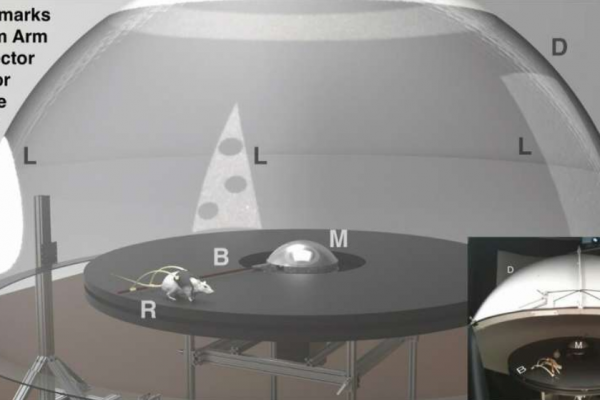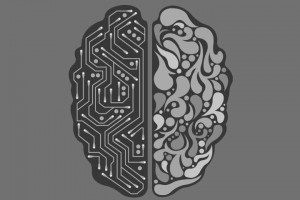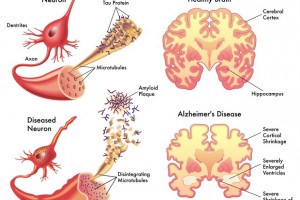Rats in augmented reality help show how the brain determines location
Before the age of GPS, humans had to orient themselves without on-screen arrows pointing down an exact street, but rather, by memorizing landmarks and using learned relationships among time, speed and distance.
Before the age of GPS, humans had to orient themselves without on-screen arrows pointing down an exact street, but rather, by memorizing landmarks and using learned relationships among time, speed and distance. They had to know, for instance, that 10 minutes of brisk walking might equate to half a mile traveled.
A new Johns Hopkins study found that rats' ability to recalibrate these learned relationships is ever-evolving, moment-by-moment.
The findings, published Feb. 11 in Nature, provide insight on how the brain creates a map inside one's head.
"The hippocampus and neighboring regions in the brain help us figure out where we are in the world," says Manu Madhav, "By studying the firing patterns of neurons in these areas, we can better understand how we map our location."
You could continue reading here.





Related Posts